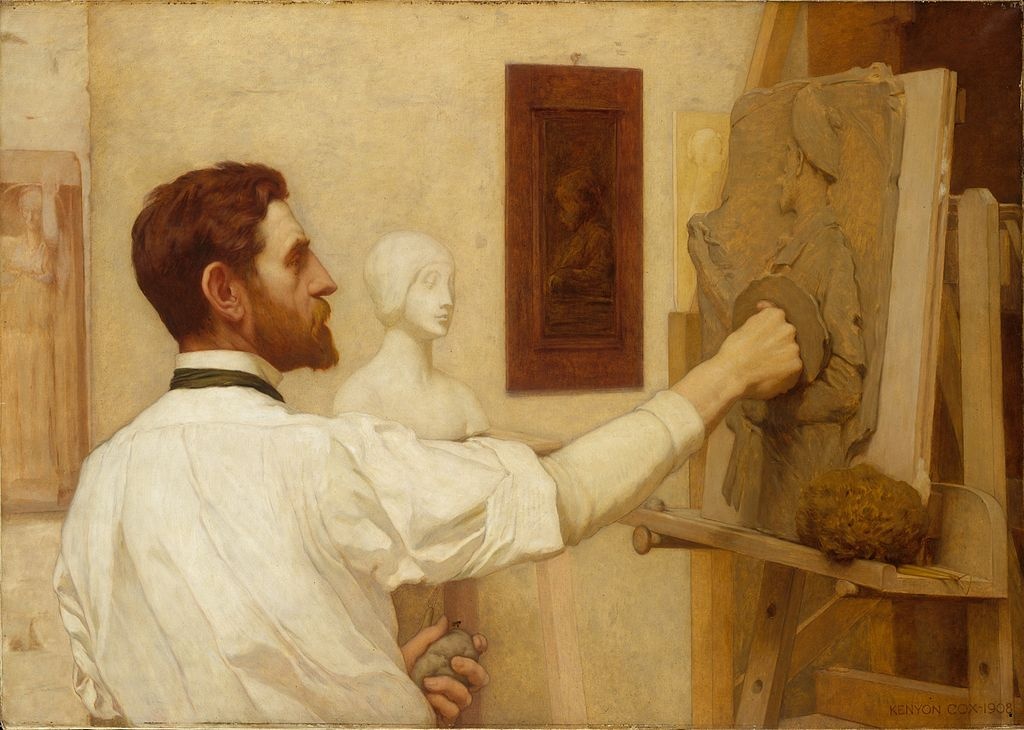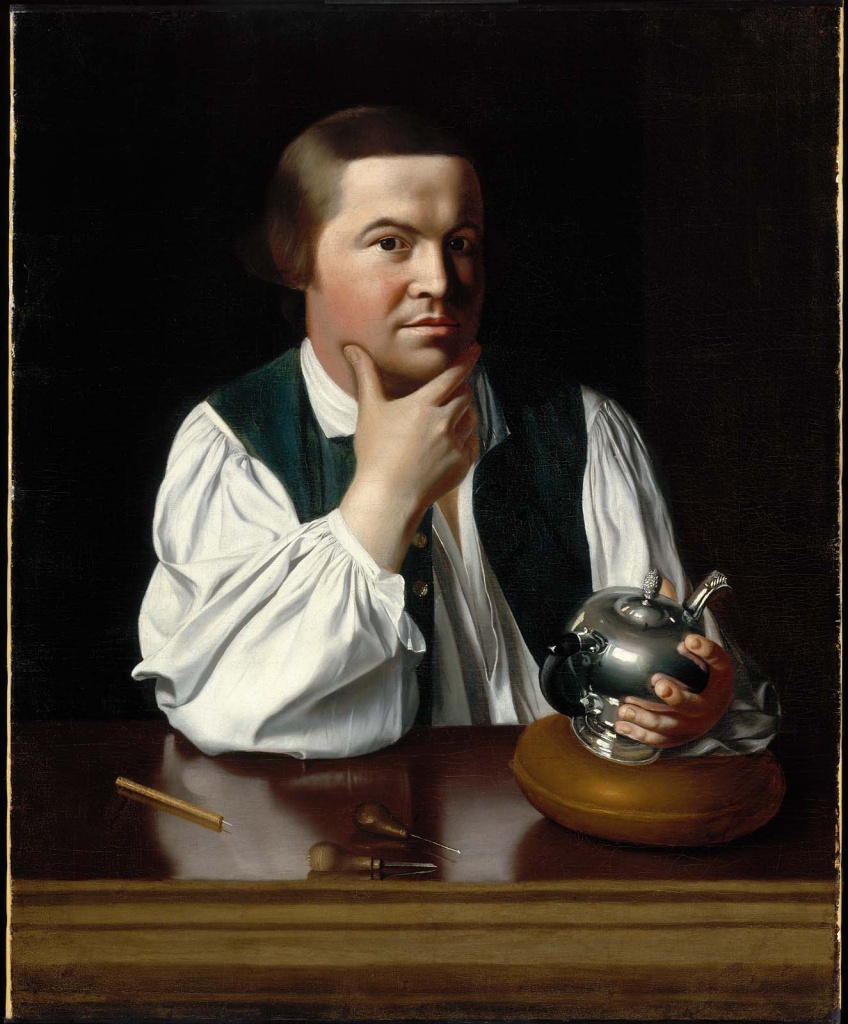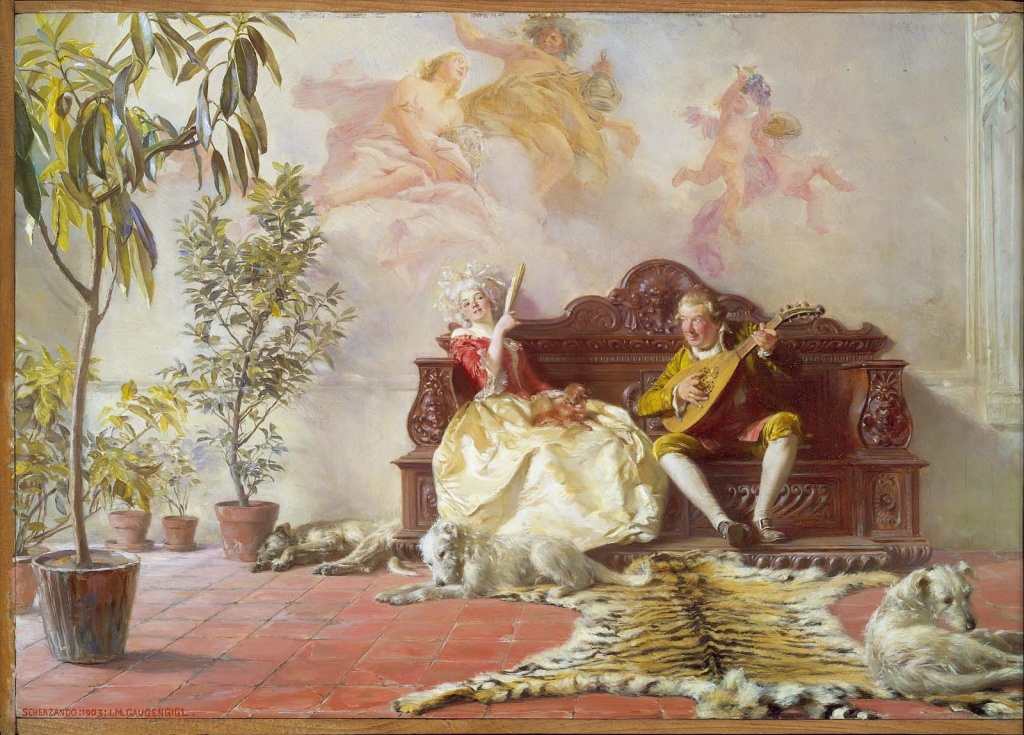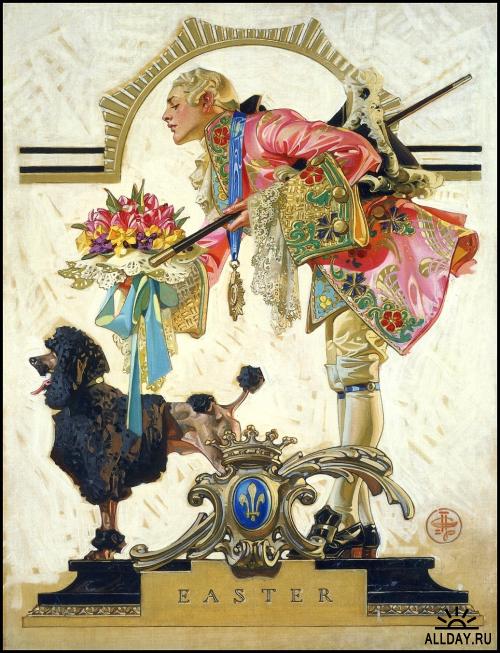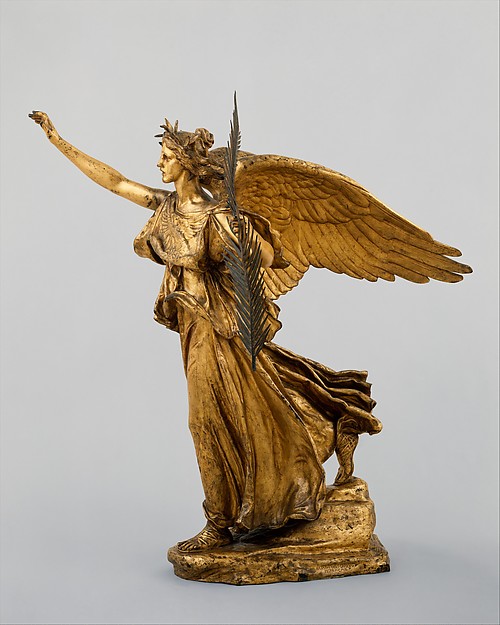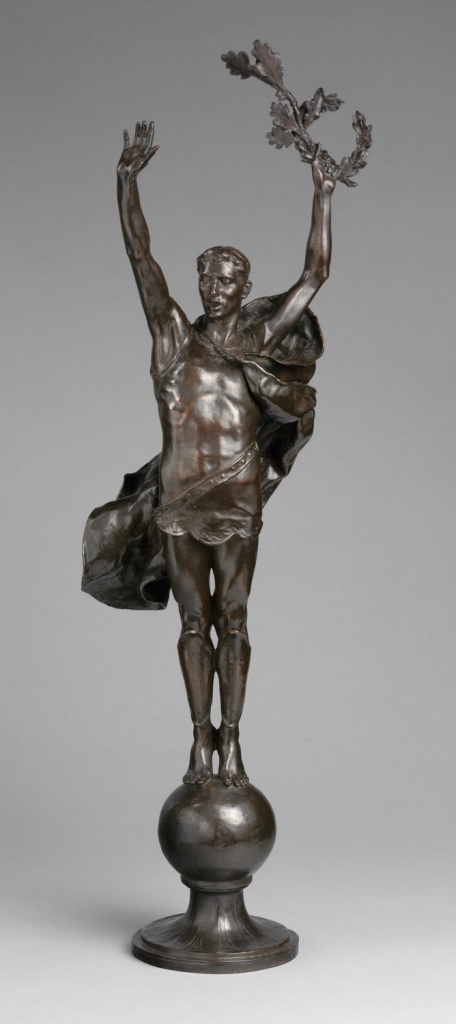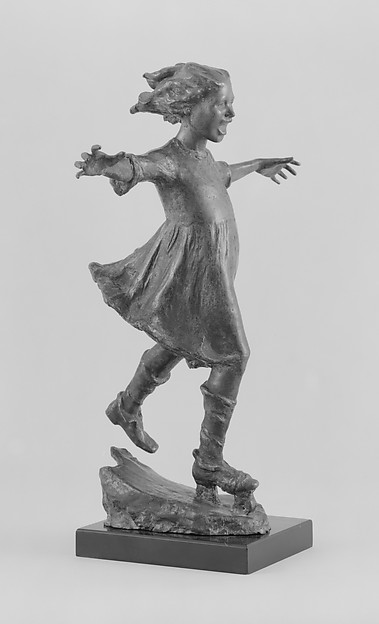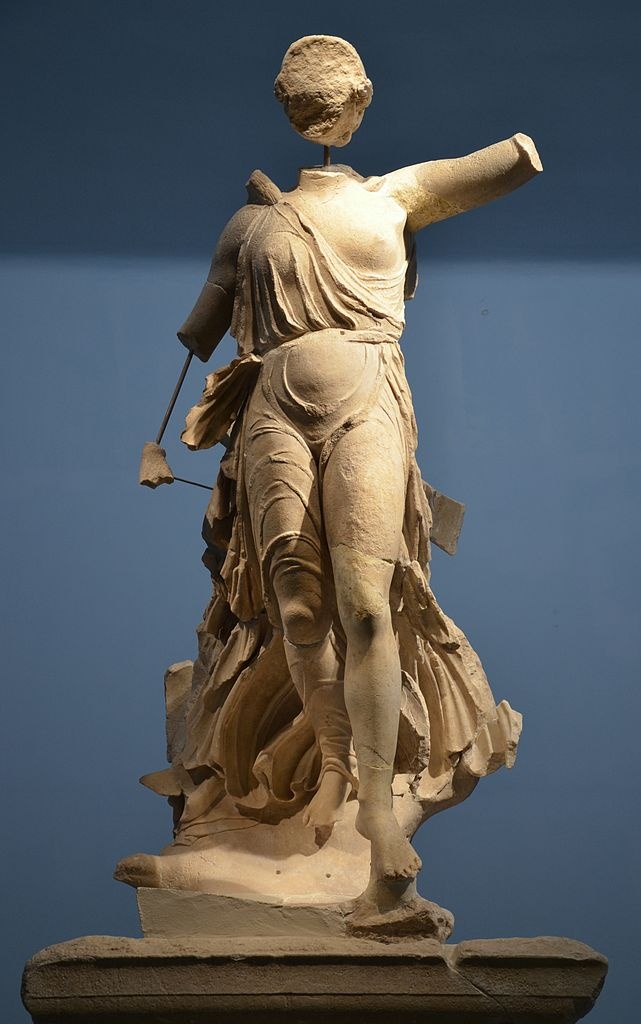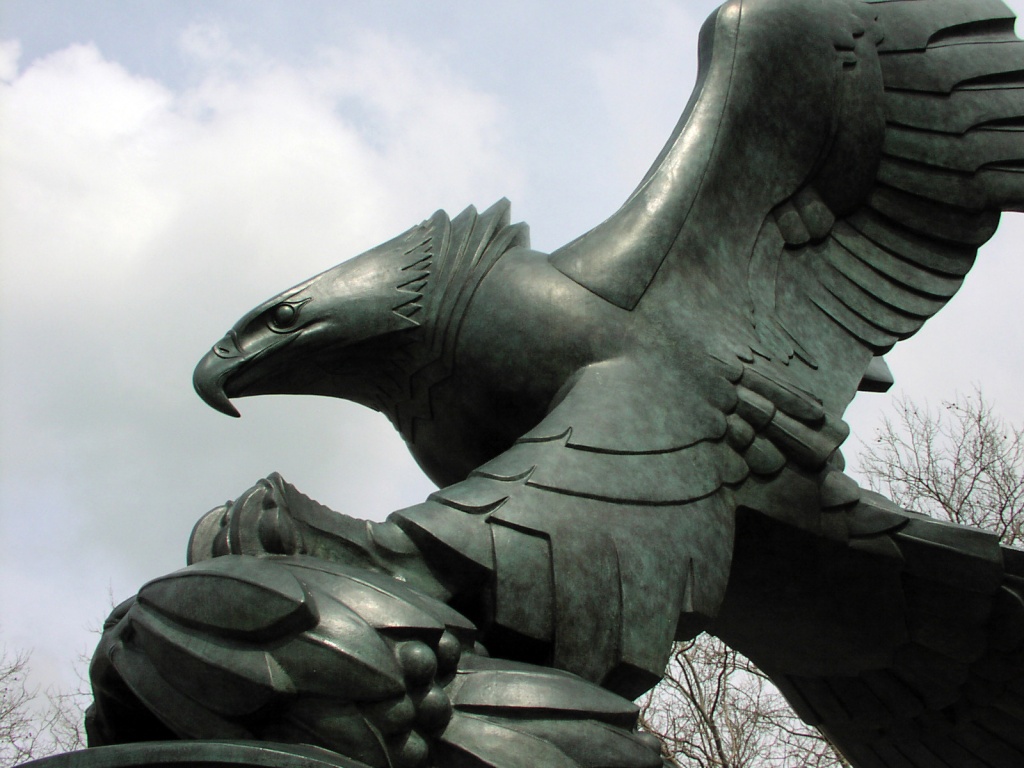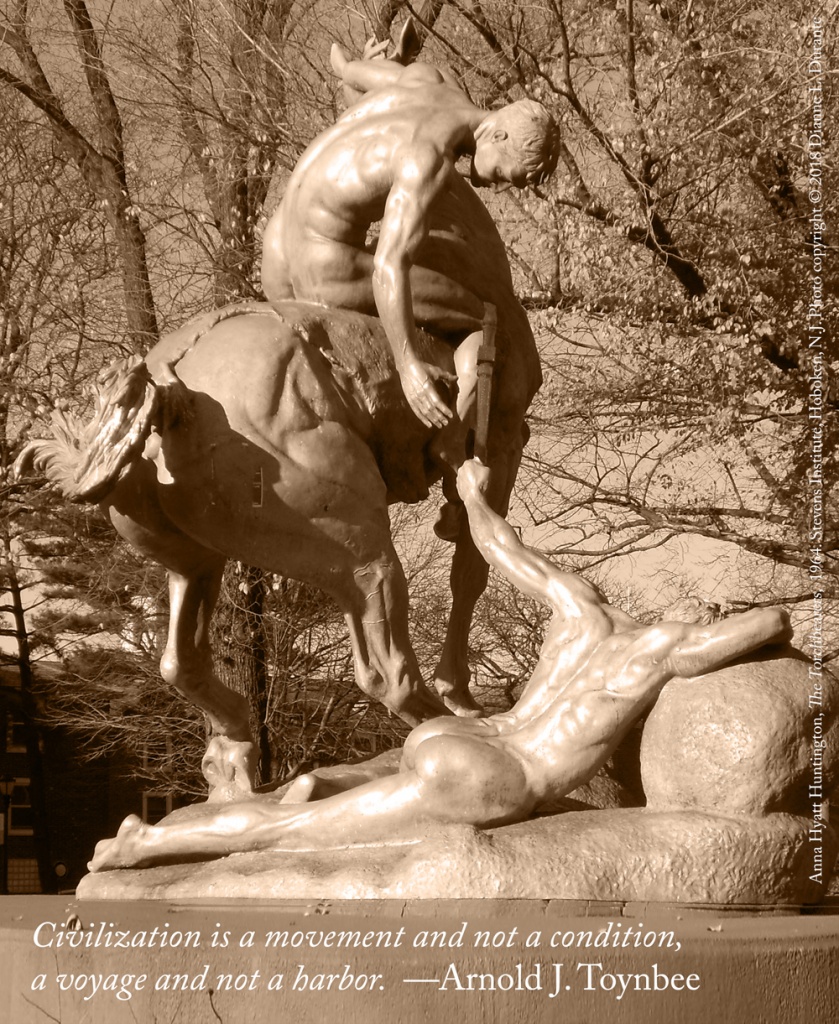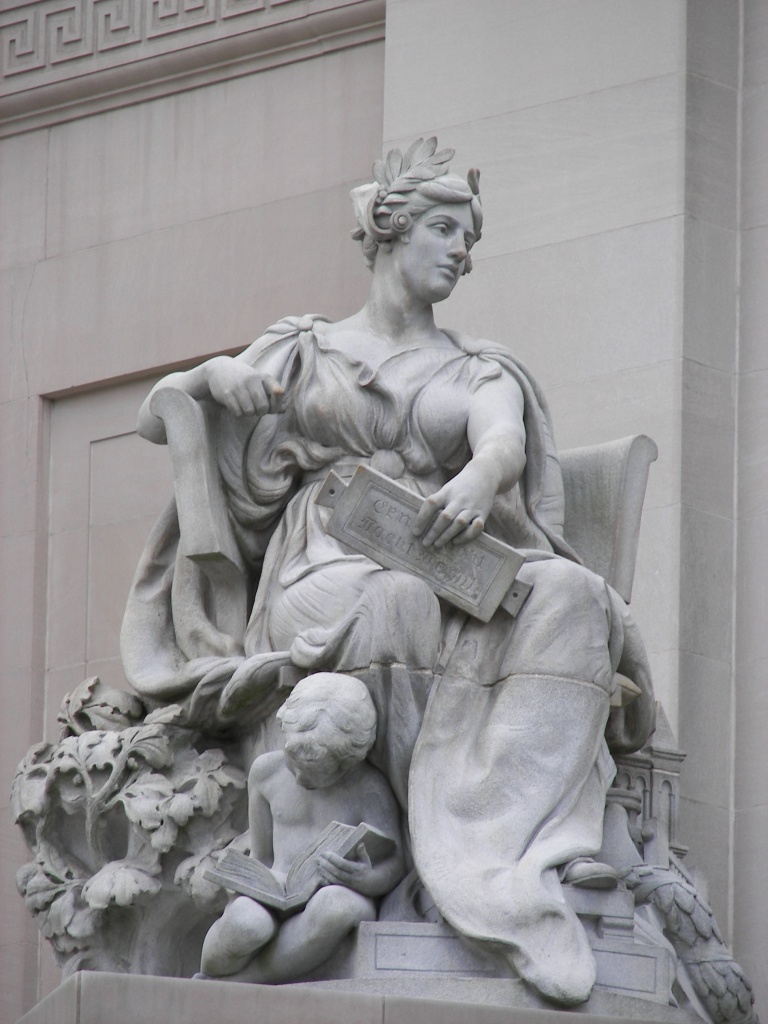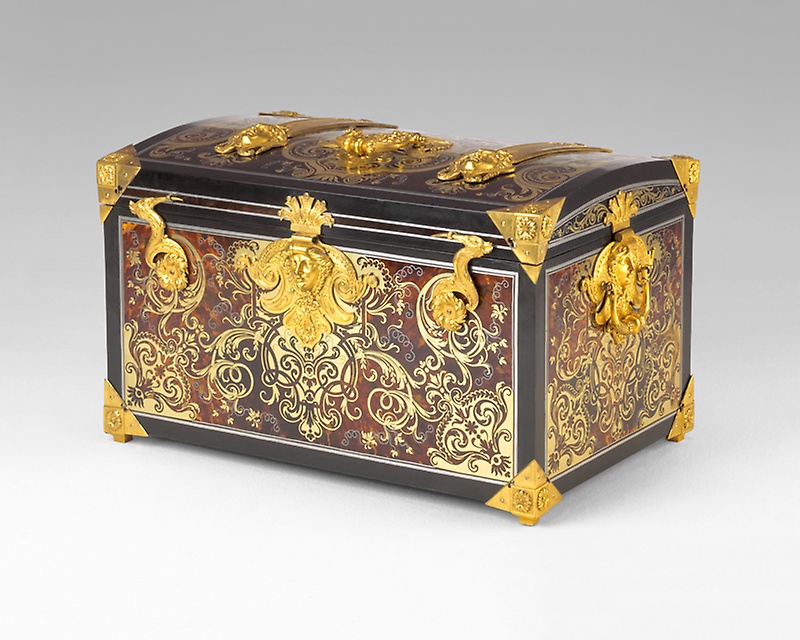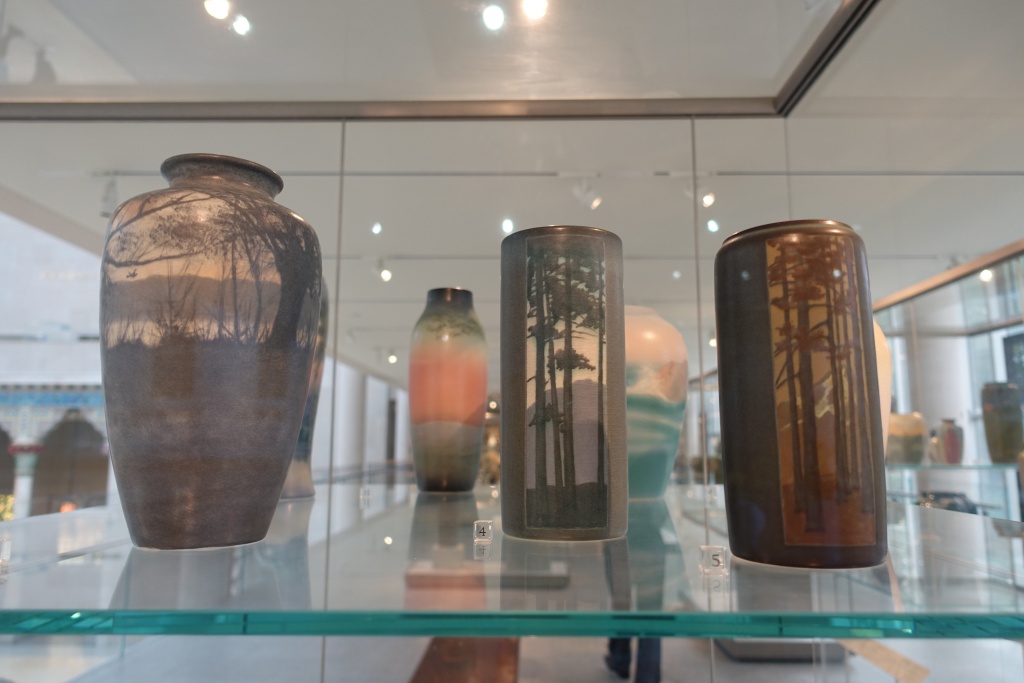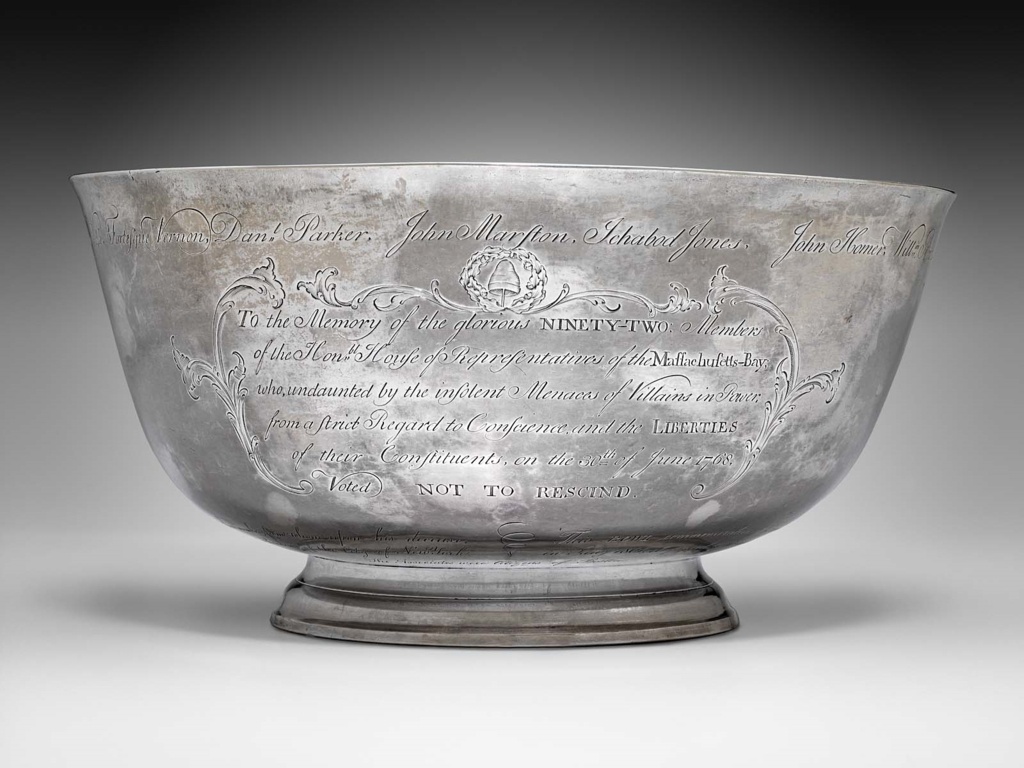In 2018, I sent 173 art-related items to my Sunday Recommendations list. For supporters, I recommended 54 more. The items in this post are my own favorites. They include 15 items that were originally shared only with my supporters.
My comments are included for my top pics. For runners-up, there are links to the Patreon post that provides more information. If the recommendation was in a blog post, I’ve linked to that. Supporters have access to a compilation of all recommendations, updated monthly.
Literature
Novels
Webster, H.K.The Real Adventure(1916). If you’re a fan of Ayn Rand, you’re probably familiar with Merwin-Webster’s Calumet K. In her introduction to a new edition, Rand wrote that it was her favorite novel, and in her Letters, she called it “my favorite thing in all world literature (and that includes all the heavy classics) … I do not believe you will find a better story anywhere” (p. 252, letter of 1945). When the Net allowed easy searches for out-of-print public-domain works, I began hunting for other works by Merwin-Webster, and discovered that Calumet K was actually a collaboration between Samuel Merwin and Henry Kitchell Webster. Of the half-dozen or so books by Webster that I’ve found, my favorite is The Real Adventure, a 1916 bestseller. I kept thinking I knew what would happen (come on, 1916: surely some conventions would be followed) – and I never did. I just reread it and loved it again. The sense of life of the main character and quite a lot of her explicit ideas match mine. Premise: a beautiful, intelligent young woman falls in love with a handsome, intelligent, productive man, marries him – that’s the original “adventure” – then realizes that she wants to be his intellectual partner rather than just the woman he makes love to and indulges. How can she go about changing the situation? That’s the second adventure. The resolution is damn near perfect, but do enjoy the ride. AND: I would not be surprised if “The Great Adventure” by Berton Braley (188 -1966), which I recommended back in October, was published around the same time as The Real Adventure. Same sense of life. AND: I thought the Sargent portrait of the Phelps-Stokes that I recommended last week was my image of Rose and Rodney; but I’ve decided he’s too much in shadow.
Runners-up: Cameron Hawley, Cash McCall, and Jodi Taylor, Chronicles of St. Mary’s series.
Drama
Corneille, Pierre. Le Cid (1637). I first read Le Cid years ago for Dr. Leonard Peikoff’s great plays course. I just reread it in French and oh, boy, is it worth rereading! Here’s the Cid proposing to die so that the honor of his beloved Chimene can be avenged. Spoiler: he doesn’t die.
Pour venger son honneur il perdit son amour,
Pour venger sa maîtresse, il a quitté le jour,
Préférant (quelque espoir qu’eût son âme asservie)
Son honneur à Chimène, et Chimène à sa vie.
To avenge his honor, he lost his beloved;
to avenge his beloved, he died,
preferring (whatever his enslaved soul might have hoped)
his honor over Chimene, and Chimene over his life.
Dr. Peikoff’s Eight Great Plays course is now available on the Ayn Rand Institute Campus. I highly recommend it. The translation of Corneille’s Cid that he recommended (by Guicharnaud) is here. A very literal one (by Morgan) is available on Kindle: if your French is mediocre but you want to read Corneille in the original, this might be useful. Otherwise the frequent interpolations will wreck the flow of the story. This one by Rutter and Pierce looks quite readable, although I haven’t checked it against the French.
Note: speaking of historical accuracy in art (which I have done, and done again): the character of the Cid in Corneille has very little to do with the character of the historical Cid. Far fewer people are offended, because far fewer people know the history of 11th century Spain.
Short stories
Webster, Henry Kitchell. “Letting George Do It” (1913) – here as video. I was feeling somewhat stressed this week, and thought the perfect remedy would be spending some time in HKW’s world. And … hmmm, I think I won’t tell you anything about this story. It would spoil the fun. I don’t pretend that the recording (52 mins.) is professional quality, but if you like stories read to you, it’ll do! If you like this short story, try Webster’s novels. The ones I’ve republished are listed here. NOTE 12/22/2019: This month, I published the first volume of HKW’s Collected Short Works and Related Correspondence. “Letting George Do It” will appear in volume 2.
Poetry
Lawson, Henry (d. 1922). “The Ships That Won’t Go Down.” I’ve used this poem before – I’ve even recited it from memory in public once or twice – but unless you’re as fierce as I am about tracking art you love, you probably haven’t read it for a while. And you need to.
We hear a great commotion
‘Bout the ship that comes to grief,
That founders in mid-ocean,
Or is driven on a reef;
Because it’s cheap and brittle
A score of sinners drown.
But we hear but mighty little
Of the ships that won’t go down.
Here’s honour to the builders –
The builders of the past;
Here’s honour to the builders
That builded ships to last;
Here’s honour to the captain,
And honour to the crew;
Here’s double-column headlines
To the ships that battle through.
They make a great sensation
About famous men that fail,
That sink a world of chances
In the city morgue or gaol,
Who drink, or blow their brains out,
Because of “Fortune’s frown”.
But we hear far too little
Of the men who won’t go down.
The world is full of trouble,
And the world is full of wrong,
But the heart of man is noble,
And the heart of man is strong!
They say the sea sings dirges,
But I would say to you
That the wild wave’s song’s a paean
For the men that battle through.
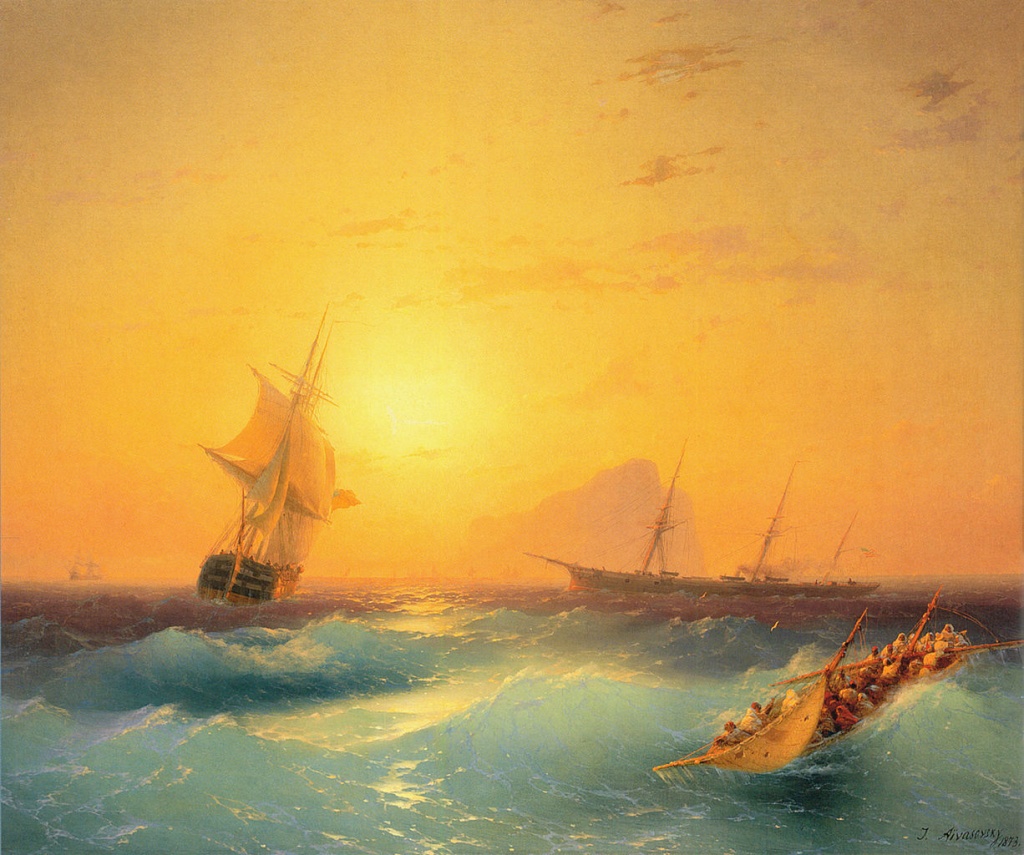
Runners-up:
- Burns, Robert. “Inscription for an Altar of Independence”
- Housman, A.E. “Reveille“
- Kavafy, K.C. “Ithaca” (my translation, available only to supporters)
- Longfellow, Henry Wadsworth. “Success” (or “The Ladder of St. Augustine”)
- Teasdale, Sara. “Barter“
Painting
“Vermeer’s Geographer: A Moment of Insight” (1668-1669). Because this is one of my favorites among the hundreds of essays I’ve written, I decided to put it into video form, with all the illustrations my heart desired. Here’s an excerpt from the 16-min. video: “Think of a moment of insight – a moment when you had an integration of such scope that it made you stop writing, stop speaking, stop moving, so you could concentrate on working through the implications of that thought. What would you give for a reminder of that moment when you were tired, or had writer’s block, or when you just needed to remember that one man improves, and the whole of mankind progresses, by such moments of insight? The literal subject of Vermeer’s Geographer is simply a man leaning over a piece of parchment. The globe, maps on the floor and wall, and dividers in his hands, for measuring distances, indicate his occupation. Yet the painting undeniably depicts such a moment of insight.”
Runners-up:
- Copley, John Singleton. Paul Revere. 1768
- Cox, Kenyon. Augustus Saint Gaudens. 1887 / 1908
- Gaugengigl, Ignaz. Scherzando. Ca. 1900?
- Leonardo da Vinci. Lady with Ermine. 1489
- Leyendecker, J.C. (1874-1951). Easter.
- Sargent, John Singer. Lady Helen Vincent, Viscountess d’Abernon. 1904
- Titian. Portrait of a Man in a Red Cap. 1510

Kenyon Cox, Augustus Saint Gaudens 
Leonardo, Lady with Ermine 
John Singleton Copley, Paul Revere 
Ignaz Gaugengigl, Scherzando 
J.C. Leyendecker, Easter 
John Singer Sargent, Lady Helen Vincent, Viscountess d’Abernon
Sculpture
A tie:
- Saint Gaudens, Augustus. Victory (figure 1892–1903; this cast, ca. 1914-1916). Saint Gaudens’s winged figure of Victory appears on the Sherman Monument. One of the ways Saint Gaudens increased his income was by selling this figure as a “reduction” (a small-scale bronze); that’s what the Metropolitan Museum of Art owns. On the Sherman, see here and here.
- Longman, Evelyn. Victory. 1903, this cast 1908
Runners-up:
- Eberle, Abastenia St. Leger. Girl Skating. 1906
- French, Daniel Chester. Brooklyn. 1916
- [Greek]. Nike of Paionios. 421 BC
- Huntington, Anna Hyatt. The Torch-Bearers. 1955; this copy 1964
- Manca, Albino. East Coast Memorial, 1961
- MacMonnies, Frederick. Bacchante with Infant Faun. 1893

Augustus Saint Gaudens, Victory. Image: MetMuseum.org 
Evelyn Longman, Victory.
Image: MetMuseum.org
Abastesnia St. Leger Eberle, Girl Skating.
Image: MetMuseum.org
[Greek] Nike of Paionios 
Albino Manca, East Coast Memorial 

This sepia print + quote was a gift to $10/mo. supporters: Anna Hyatt Huntington, The Torch-Bearers 
Daniel Chester French, Brooklyn
Museums
A tie: Art Institute of Chicago (for the Boulle box and Sullivan’s Chicago Stock Exchange trading floor) and Getty Center (for the Gulston brothers).

Michael A. Bradshaw and Kenneth S. Harris, Eloise W. Martin, Richard T. Crane, Jr., Memorial, and European Decorative Arts Purchase funds; through prior acquisitions of Mrs. C. H. Boissevain in memory of Henry C. Dangler, Kate S. Buckingham Endowment, David Dangler, Harold T. Martin, and Katherine Field-Rodman, 2001.54. Image: http://www.artic.edu/aic/collections/artwork/156442?search_no=37&index=1
Music
Classical
Bologne, Joseph, Chevalier de Saint Georges. Violin concertos. The Chevalier de Saint-Georges (1745-1799) was a legendary fencer, a prodigiously talented violinist, a composer of chamber music and operas, the conductor of one of Paris’s leading orchestras, and colonel in the Legion St.-Georges. His lovely violin concertos are on my playlist at work: a mood-changer. And incidentally, he was the son of a plantation-owner in Guadeloupe (West Indies) and an African slave. See also the Wikipedia article.
Broadway and movies
A tie: “Come Back to Me” and “More“.
Opera
Shakespeare / Bellini. Romeo & Giulietta (Romeo and Juliet), performed 3/23/2018. My revelation of the week: opera, like other spectator sports, becomes more enjoyable the more you know. In this post, I asked performers about the process of putting a show together and switching between bel canto opera and Shakespeare. The performance was fantastic, and may be taken to other venues. For further info, contact Allegra Durante.
Ballet
Khachaturian, Aram. Adagio from Spartacus.
Movies
Theatrical releases
A tie between two very different films:
- The Green Book (2018). This is not a sugar-coated ebony-meets-ivory story, but it has the solid, satisfying, and, yes, uplifting feel of a real story with a benevolent outcome: two men who approached each other with racial prejudices and eventually chose to treat each other as individuals. The music is fabulous. HT Bobby S.
- Miss Pettigrew Lives for a Day (2008). Fabulous Art Deco settings, witty British dialogue, 1940s music, tuxedos, bias-cut silk dresses, and my award for best way to win the girl (that scene at the piano). A lovely way to spend two hours. Frances McDormand and Amy Adams. Winifred Watson’s 1938 novel is equally enjoyable.
TV
Anne with an “E” (2018). A bingeworthy Netflix series: great stories and wonderful characters (based on the classic Anne of Green Gables, by L.M. Montgomery), great acting, beautiful cinematography. The opening credits are the work of Brad Kunkle, whose paintings I saw in a New York gallery years back and immediately recognized. HT Bobby S.
Architecture
Another tie:
- One Wall Street: the Red Room (ca. 1931). One Wall Street, former home of the Bank of New York, is being converted from office space to condos. I recently came across photos of its two-story lobby, which is known as the Red Room due to its mosaic walls and ceiling. The elegant Art Deco design is by muralist Hildreth Meière. I want to be in that space! But as of 1/10/19, it’s not yet open to the public. Photos available at FieldCondition.com blog.
- Reaching for the Sky: Central Park South and Midtown Construction (Nov.-Dec. 2018)
Decorative Arts
Landscaping on Japanese trucks. Remarkable and ongoing competition. HT Iris B.
Runners-up: Rookwood Pottery and Paul Revere’s Sons of Liberty Bowl.

Rookwood Pottery vases at the Metropolitan Museum of Art. Photo copyright © 2018 Dianne L. Durante 
Paul Revere, Jr. Sons of Liberty bowl, 1768. Boston, Museum of Fine Arts.
Nonfiction
Kagen, Sergius. On Studying Singing (1950). I am not a singer, but I love listening to singers and having them explain to me how they do what they do. This utterly fascinating 1950 book by a Juilliard professor (a readable 119 pp.) comments on what singers can and cannot learn, and how to go about becoming a better singer. I marked so many passages in my daughter’s copy that I had to buy her a new one. Sample:
Most vocal students seem to believe that unless they sing they do not practice. Nothing could be more unrealistic. The primary purpose of practicing is to acquaint one’s inner ear with the sound or the series of sounds one wishes to produce; the secondary purpose is to try to approximate this already imagined sound or series of sounds with one’s voice, and to experiment with this process. It seems to me that a vocal student ought not to allow himself to sing until, to the best of his ability, he has arrived at some definite image of the sound or the series of sounds he wishes to produce (p. 49).
AND:
The degree to which a student can learn to control his body efficiently rests primarily on the degree to which he can learn to control his mind. In other words, I firmly believe that before a singer tries to train his body to be obedient he should try to train his mind to give commands which can be obeyed (p. 92).
I’d love to hear from singers among you whether Kagen’s 7-step method for learning new material (pp. 49-51) works for you: actually singing the piece doesn’t happen until step 5!
Runners-up: Walter Isaacson’s Leonardo da Vinci and Renee Fleming’s The Inner Voice: The Making of a Singer.
More
- Top Recommendations from 2017
- Want wonderful art delivered weekly to your inbox? Check out my free Sunday Recommendations list and rewards for recurring support: details here.
